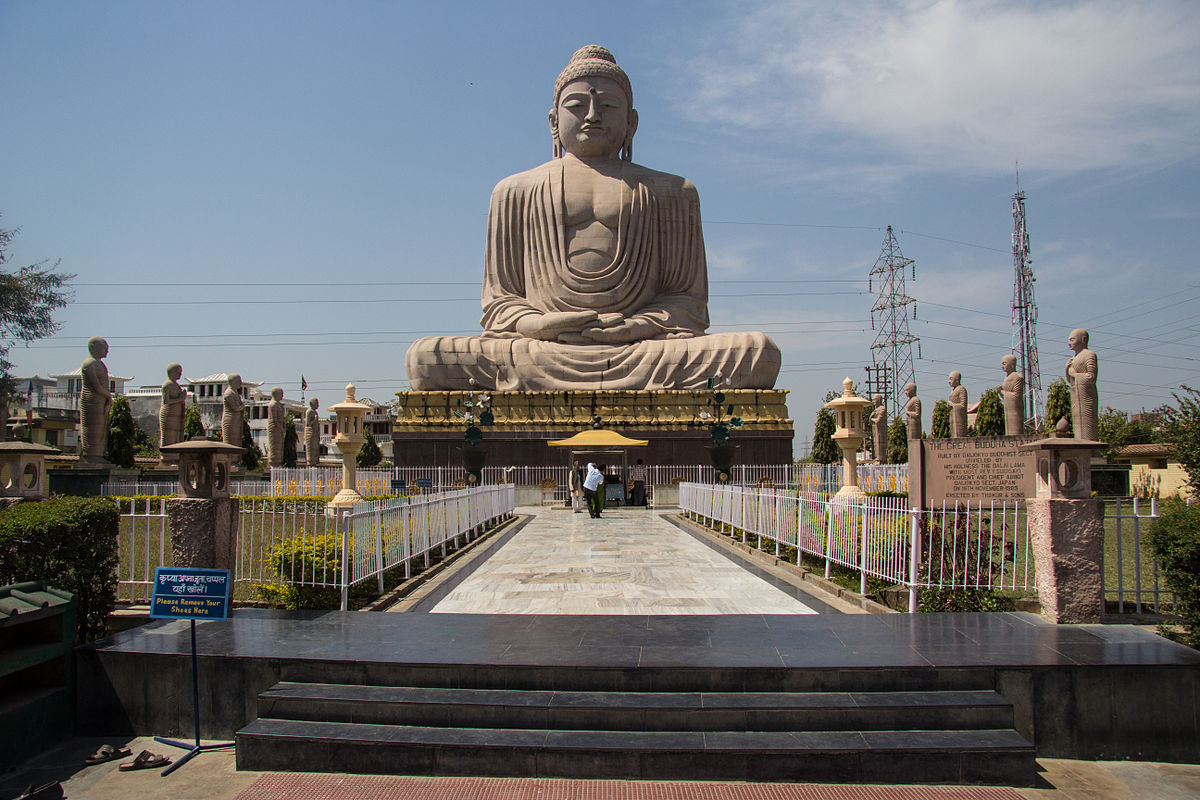Gaya & Bodh Gaya

Gaya – Gaya is a city of ancient historical and mythological significance. It is one of the major tourist attractions of Bihar. Gaya is the 2nd largest city of Bihar, with a population of 470,839, and is also the headquarters of Gaya district and Magadh division.
Gaya is 100 kilometres (62 mi) south of Patna, the capital city of Bihar. Situated on the banks of the Phalgu River (or Niranjana, as mentioned in Ramayana), it is a place sanctified by the Jain, Hindu, and Buddhist religions. It is surrounded by small rocky hills (Mangla-Gauri, Shringa-Sthan, Ram-Shila and Brahmayoni) by three sides and the river flowing on the fourth (eastern) side. The city has a mix of natural surroundings, age old buildings, green areas and narrow bylanes.
Gaya finds mention in the great epics, Ramayana and Mahabharata. Rama, along with Sita and Lakshmana, visited Gaya to offer pind-daan to their father Dasharath. In the Mahabharata, the place is referred to as Gayapuri. About the origin of the name ‘Gaya' as referred to in VayuPurana is that Gaya was the name of a demon (Asura) whose body was pious after he performed rigid penance and secured blessings from Vishnu. It was said that the Gayasura's body would continue to be known as Gaya Kshetra.
Bodh Gaya – Bodh Gaya is a religious site and place of pilgrimage associated with the Mahabodhi Temple Complex in Gaya district in the Indianstate of Bihar. It is famous as it is the place where Gautama Buddha is said to have obtained Enlightenment (Pali: bodhi) under what became known as the Bodhi Tree.
For Buddhists, Bodh Gaya is the most important of the main four pilgrimage sites related to the life of Gautama Buddha, the other three being Kushinagar, Lumbini, and Sarnath. In 2002, Mahabodhi Temple, located in Bodh Gaya, became a UNESCOWorld Heritage Site.
